Ever wondered why OpenAI explicitly states they don't support annual ChatGPT Plus plans? That just changed. Recent APK teardown discoveries suggest ChatGPT Plus might finally offer the yearly subscription Android users have been requesting. At $20 monthly, Plus subscribers currently pay $240 annually with no discount incentive. But here's the kicker: annual subscribers retain at 33.9% after one year, compared to just 13.8% for monthly subscribers. The real question isn't whether you'll save money—it's whether you're ready to bet on OpenAI's future when enterprise market share dropped from 50% to 34% while Claude doubled its foothold.
What the APK teardown actually reveals
The discovery comes from examining hidden code within the ChatGPT Android app—the same kind of analysis that revealed Google's upcoming AI Overview features before official announcements. Community discussions have proposed aggressive pricing structures: a 1-year plan at $180 (25% off), 2-year at $300 (37.5% off), or even lifetime plans at $1,000.
These numbers align with broader subscription trends. Industry data shows monthly subscription prices increased 14% year-over-year, while yearly averages decreased 1%. OpenAI's monthly-only approach increasingly looks like a strategic outlier rather than customer-first thinking.
PRO TIP: APK teardowns don't guarantee release dates. These discoveries represent "work-in-progress code" that may never reach public release.
The timing reveals OpenAI's shifting priorities. While Team plans offer annual billing at $25-30 per user monthly, individual subscribers remain locked into monthly cycles. This creates an unusual market dynamic where business customers get pricing flexibility while power users—who often generate the most buzz and adoption—pay premium rates without long-term incentives.
Why OpenAI has resisted annual plans until now
Think of OpenAI's monthly-only strategy as startup thinking in a maturing market. Their current setup keeps users on short leashes, allowing rapid price adjustments as new models launch. Consider their recent expansion: ChatGPT Pro at $200/month targets power users, while maintaining monthly flexibility for feature rollouts.
This approach made sense during OpenAI's experimental phase. Model development remains chaotic: "one month there's GPT-4.5 in preview, the next it's gone from the API." Annual commitments would force OpenAI to honor pricing even when launching revolutionary capabilities that justify higher rates.
But competitive pressure changed the calculus. Market data shows OpenAI's enterprise dominance eroded from 50% to 34%, while Anthropic doubled its presence to 24%. Claude's 72.7% software engineering benchmark performance versus GPT-4.1's 54.6% demonstrates OpenAI no longer commands automatic technical superiority.
More critically, competitors offer predictable pricing. Claude Pro and Gemini Advanced both cost $20/month with clearer feature roadmaps. OpenAI's flexibility advantage became a customer acquisition disadvantage when budget-conscious users chose competitors offering better long-term value propositions.
The subscription psychology behind annual commitments
Here's where the "too good to be true" warning becomes critical. Consumer behavior research reveals that 39% of global subscribers planned to cancel at least one subscription within the next year, with 30% citing rising prices as the primary reason. The average consumer manages 8.2 subscriptions, spending $118 monthly or $1,416 annually.
Annual plans exploit commitment psychology. Retention studies show that after 12 months, you'll have 28 annual subscribers versus just 11 monthly subscribers still active.
The psychological lock-in works both ways. Users get peace of mind from predictable pricing, while OpenAI secures commitment during market uncertainty. Industry analysis shows that 70% of subscribers reconsider cancellation when presented with loyalty rewards or discounts. An annual ChatGPT Plus plan essentially becomes a retention tool disguised as customer value.
Don't Miss: Recent promotional efforts include free ChatGPT Plus for students in the US and Canada, suggesting OpenAI is already experimenting with customer acquisition strategies beyond monthly billing.
What this means for your AI workflow
The practical implications extend beyond simple cost savings. If you're already spending $240 annually on ChatGPT Plus, an annual plan could save you $60-80 based on typical subscription discounts. But the real risk lies in workflow dependency during a period of rapid AI evolution.
Consider the competitive landscape's acceleration. Recent benchmarks show DeepSeek V3 outperforming GPT-4o on coding tests (82.6% vs 80.5% on HumanEval), while offering free access to core features. DeepSeek's API costs approximately $0.001 per 1,000 tokens versus OpenAI's higher pricing tiers.
An annual commitment locks you into OpenAI's ecosystem during a period when Claude 4 leads in coding performance with 72.7% on software engineering benchmarks, and Gemini Advanced offers 2TB Google One storage plus massive context windows at $19.99/month. The savings from annual billing could be offset by missing superior alternatives that emerge during your commitment period.
From a feature perspective, current Plus benefits include priority access to GPT-4o, faster responses, and advanced voice modes. But OpenAI's model development remains unpredictable, with rumors of GPT-5 featuring "even more focus on real-time conversation and image capabilities." Will annual subscribers get early access, or will OpenAI reserve premium features for higher-tier monthly plans?
The bigger picture: Where OpenAI goes from here
This potential shift reflects OpenAI's evolution from startup to platform company. The subscription economy reached $3 trillion in 2024, with digital subscriptions accounting for over 40% of revenue. OpenAI's monthly-only approach increasingly resembles a beta testing strategy rather than a mature business model.
The timing aligns with OpenAI's need for revenue predictability. Market pressures show 46% of enterprises cite security and safety as primary switching factors, while Claude's technical superiority in key benchmarks threatens OpenAI's premium positioning. Annual plans could provide the cash flow stability needed to fund competitive model development.
But here's the strategic risk: subscription app trends show that 82% of trial starts occur the same day users install an app, while Gaming apps favor shorter trials and Health & Fitness apps excel with longer commitments. ChatGPT's positioning as a productivity tool suggests annual plans could work—if OpenAI can maintain technical leadership throughout the commitment period.
The maturity question becomes critical. OpenAI's current promotional structure limits discounts to new subscribers, with automatic renewal at standard rates. Annual plans represent a fundamental shift toward customer lifetime value optimization rather than acquisition-focused pricing.
PRO TIP: If annual pricing launches, expect introductory promotional rates similar to current new subscriber discounts. The key question isn't whether you'll save money initially—it's whether OpenAI will maintain competitive advantage throughout your commitment period.
Ready to lock in your AI future?
The APK teardown suggests annual ChatGPT Plus pricing is closer than ever, but the retention reality reveals why it might be "too good to be true." With 33.9% annual retention, most subscribers won't stick around—meaning OpenAI can offer aggressive upfront discounts knowing two-thirds won't renew.
This creates a fascinating risk-reward calculation. If you're confident in your AI workflow and believe OpenAI will maintain competitive superiority, annual plans offer clear savings. But if you're hedging between platforms or expect significant AI market evolution, monthly flexibility might justify the premium.
The competitive threat makes this decision more complex than typical subscription choices. Claude's coding leadership, DeepSeek's free performance, and Gemini's integrated ecosystem all represent viable alternatives that could become more attractive during a yearly commitment period.
Think about your usage patterns honestly. Are you paying $20 monthly without hesitation? Do you rely on ChatGPT Plus for work tasks that justify the cost? Current Plus features include priority access, faster responses, and advanced voice modes—but competitors offer similar capabilities with different strengths.
The beauty isn't just in the balance—it's in understanding what you're really buying. Annual plans offer price predictability during a period of AI market volatility. Whether this APK teardown becomes reality depends on OpenAI's confidence in retaining customers who have the option to leave. Keep watching your Android app updates—this pricing change could signal OpenAI's biggest strategic shift since launching ChatGPT Plus.






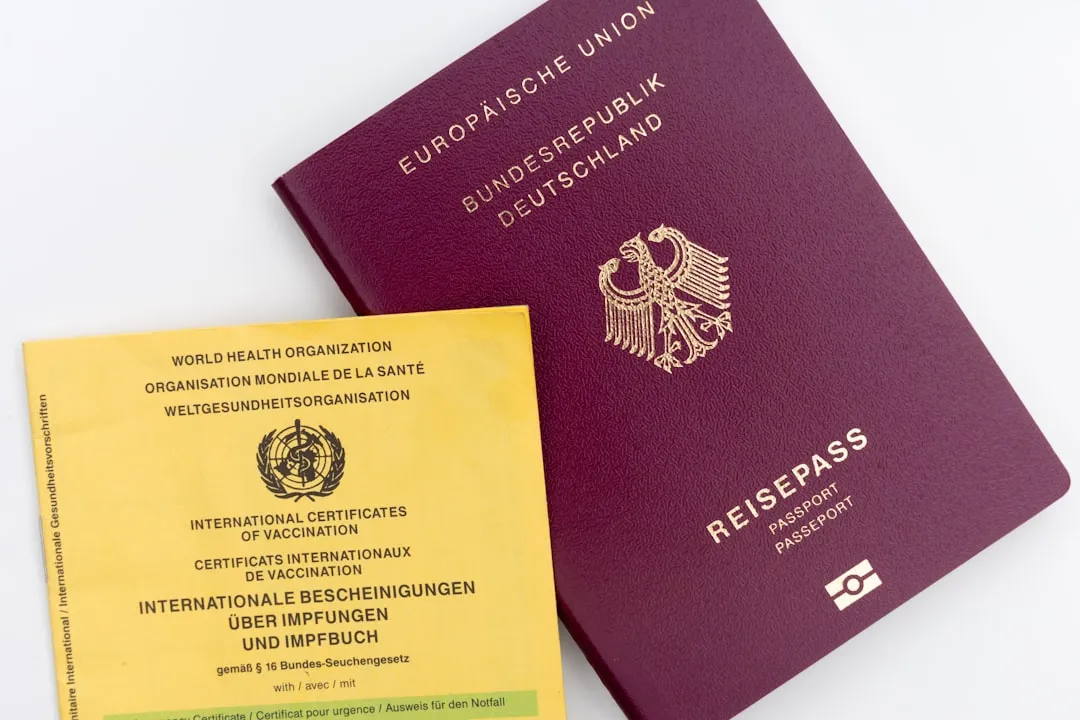




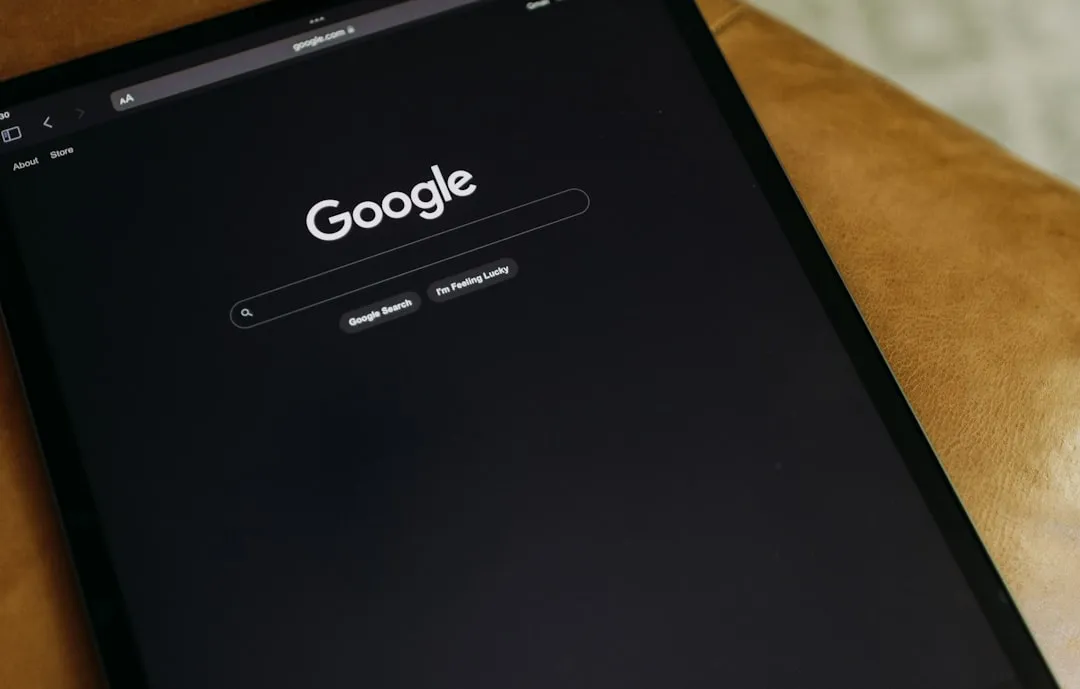
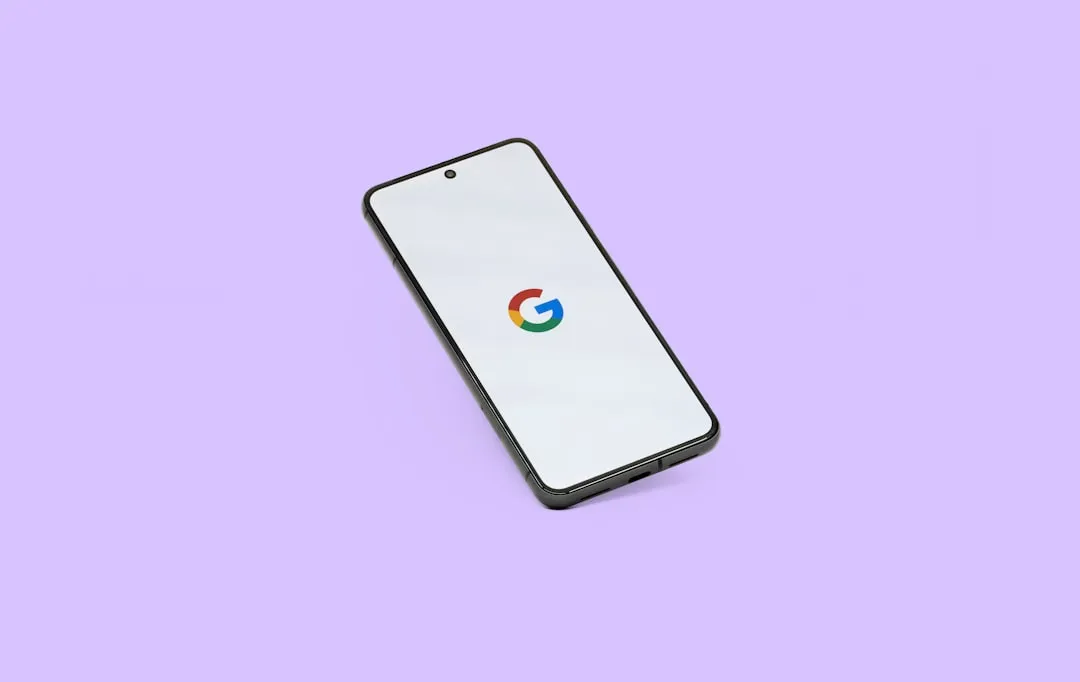
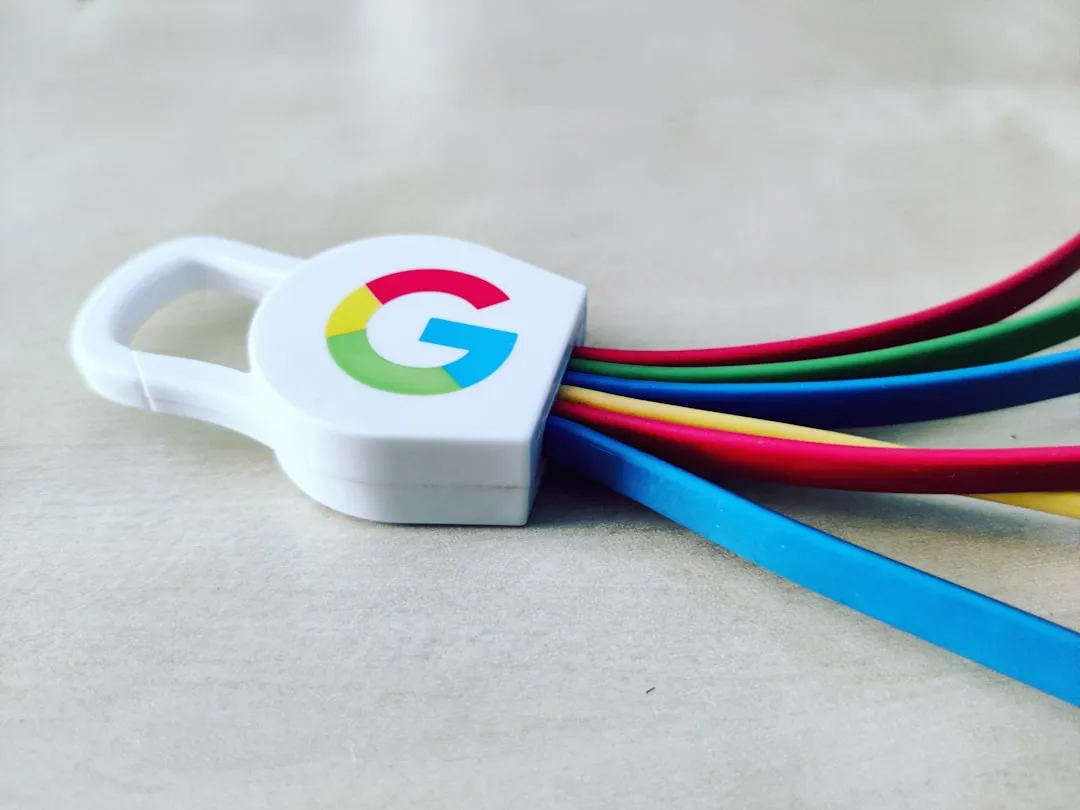
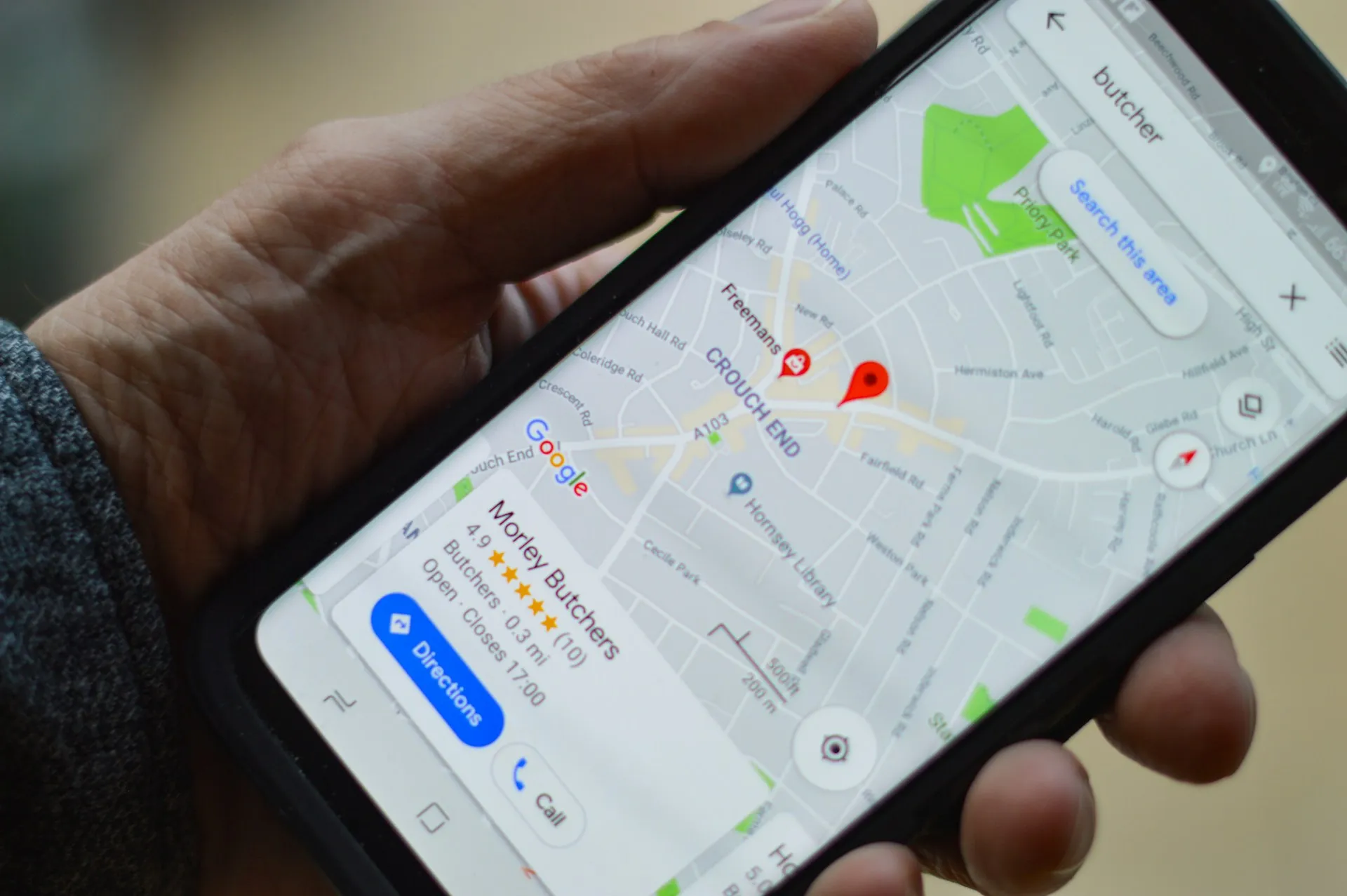


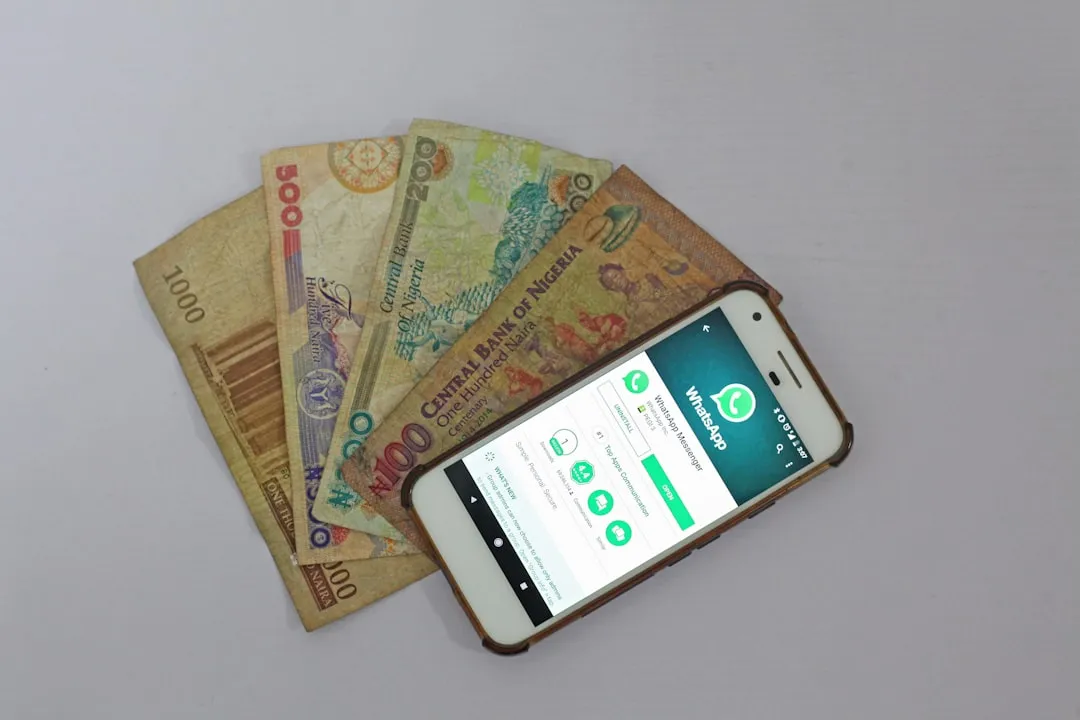
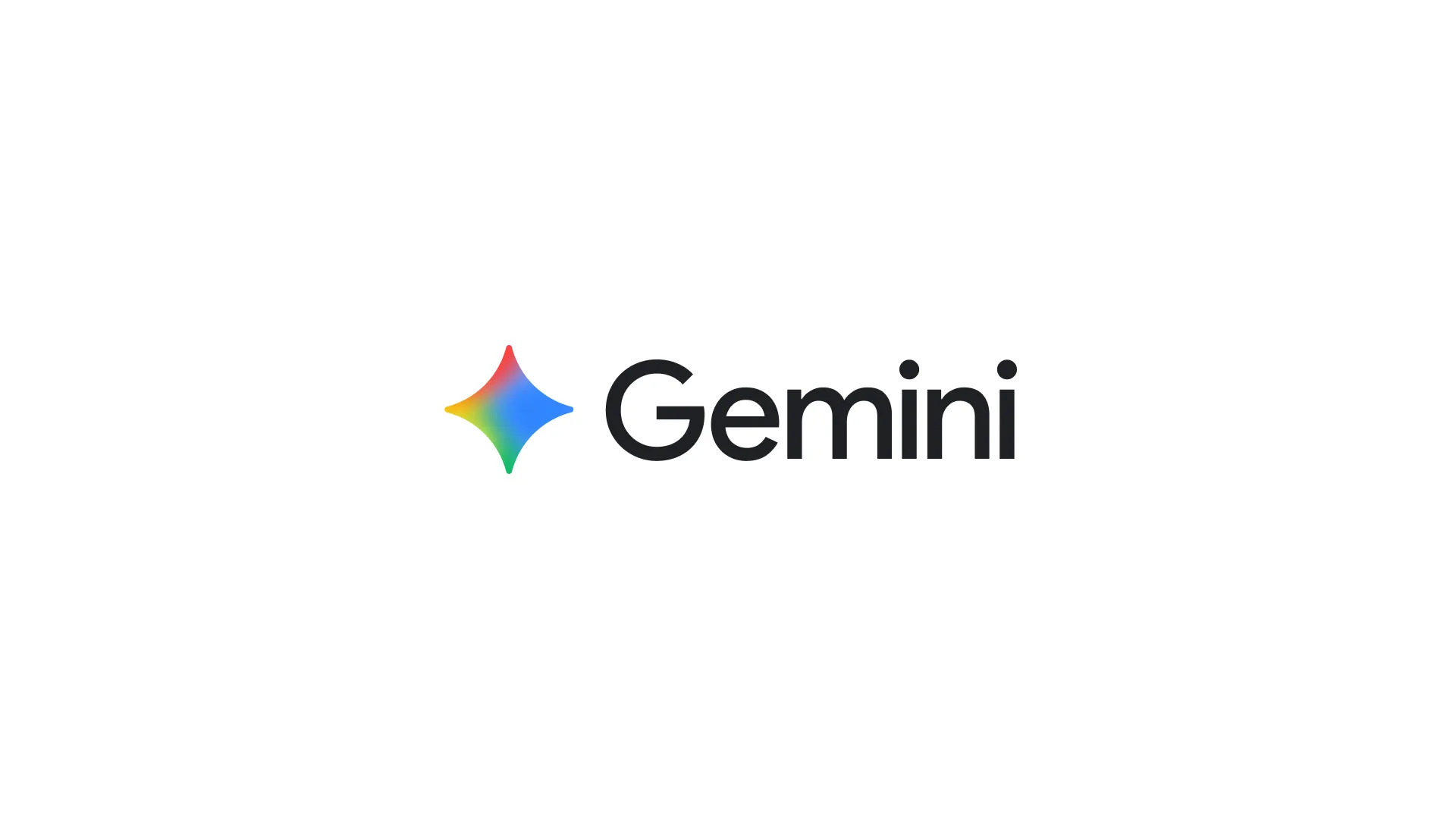
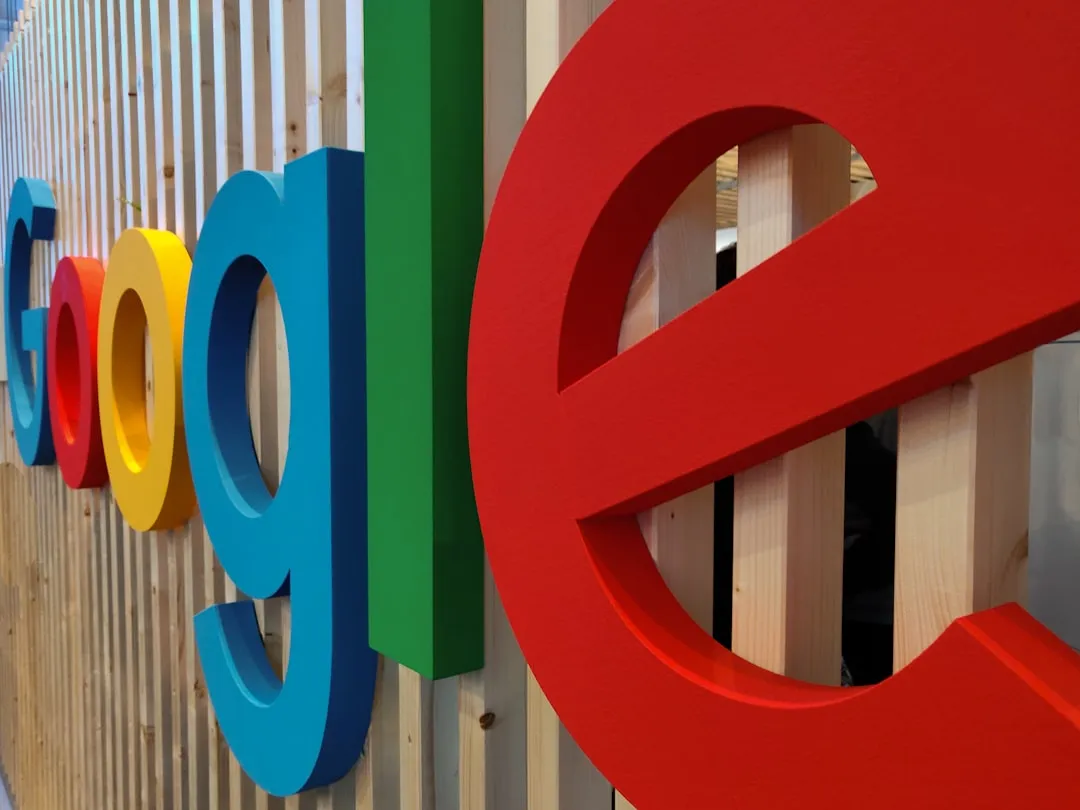
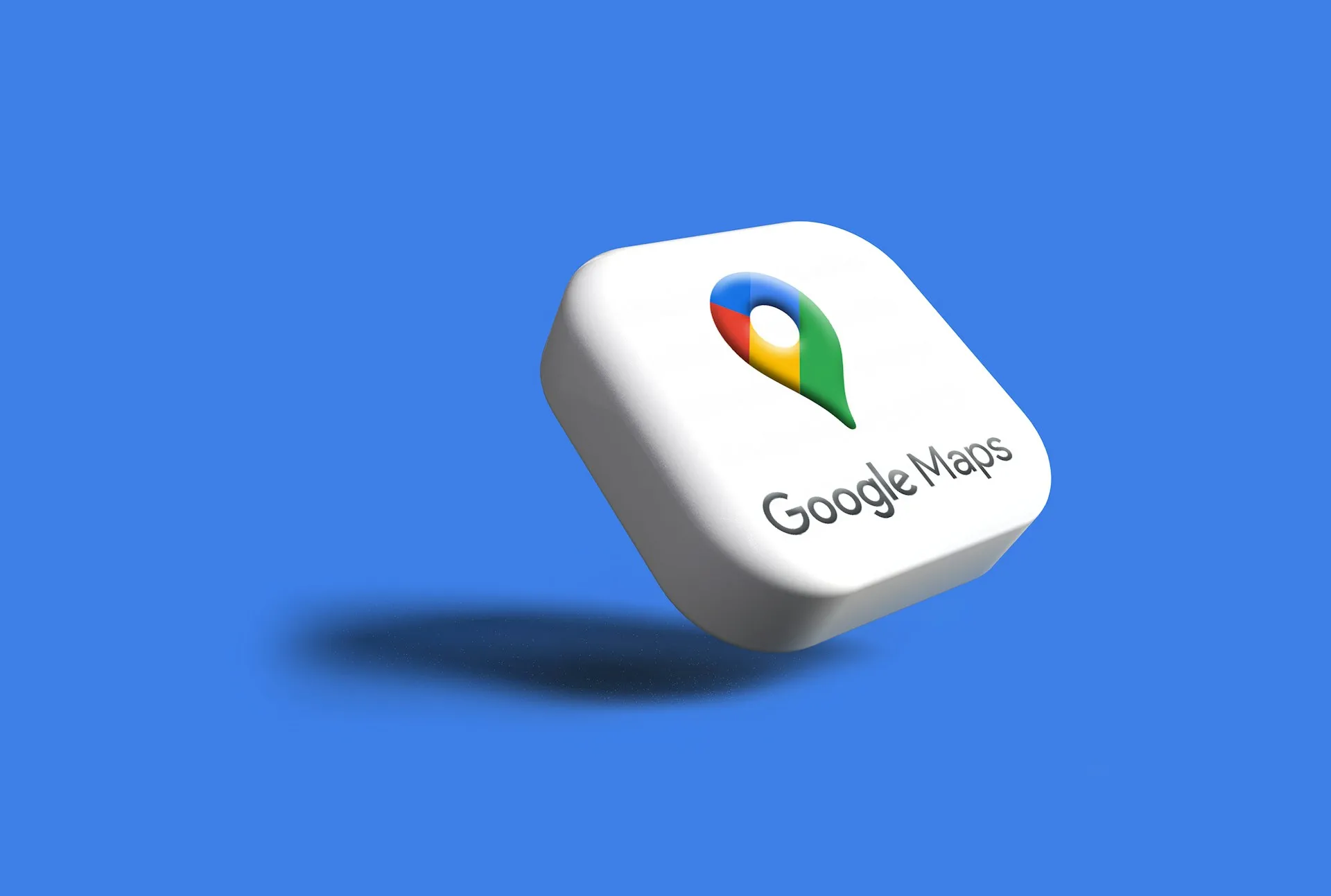
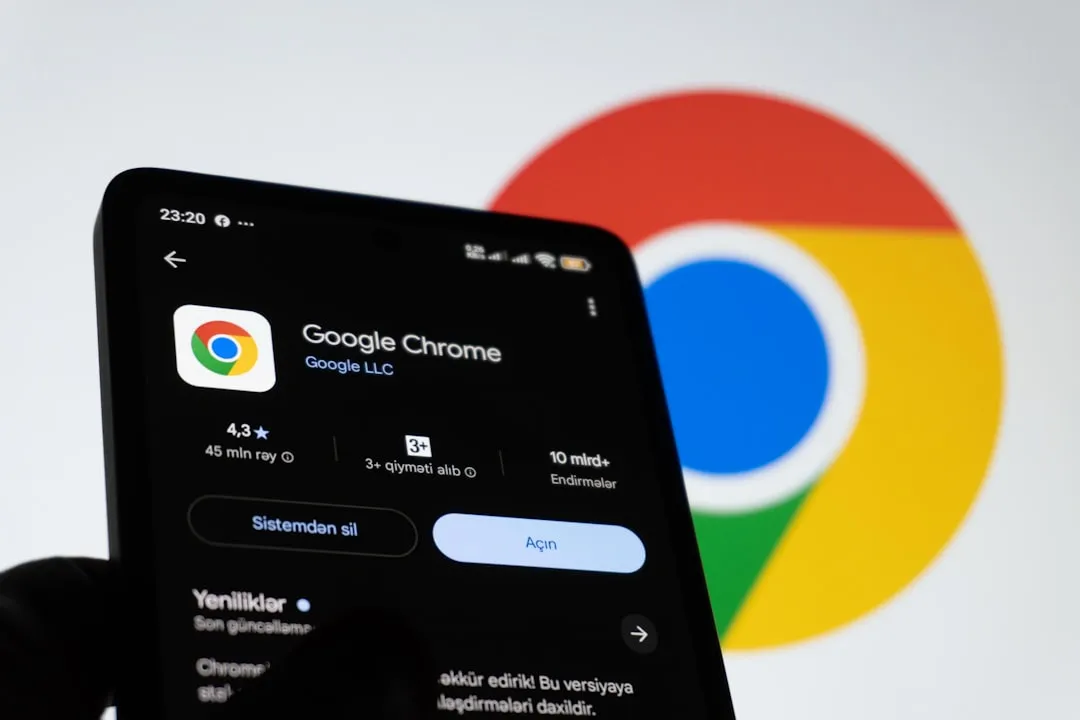

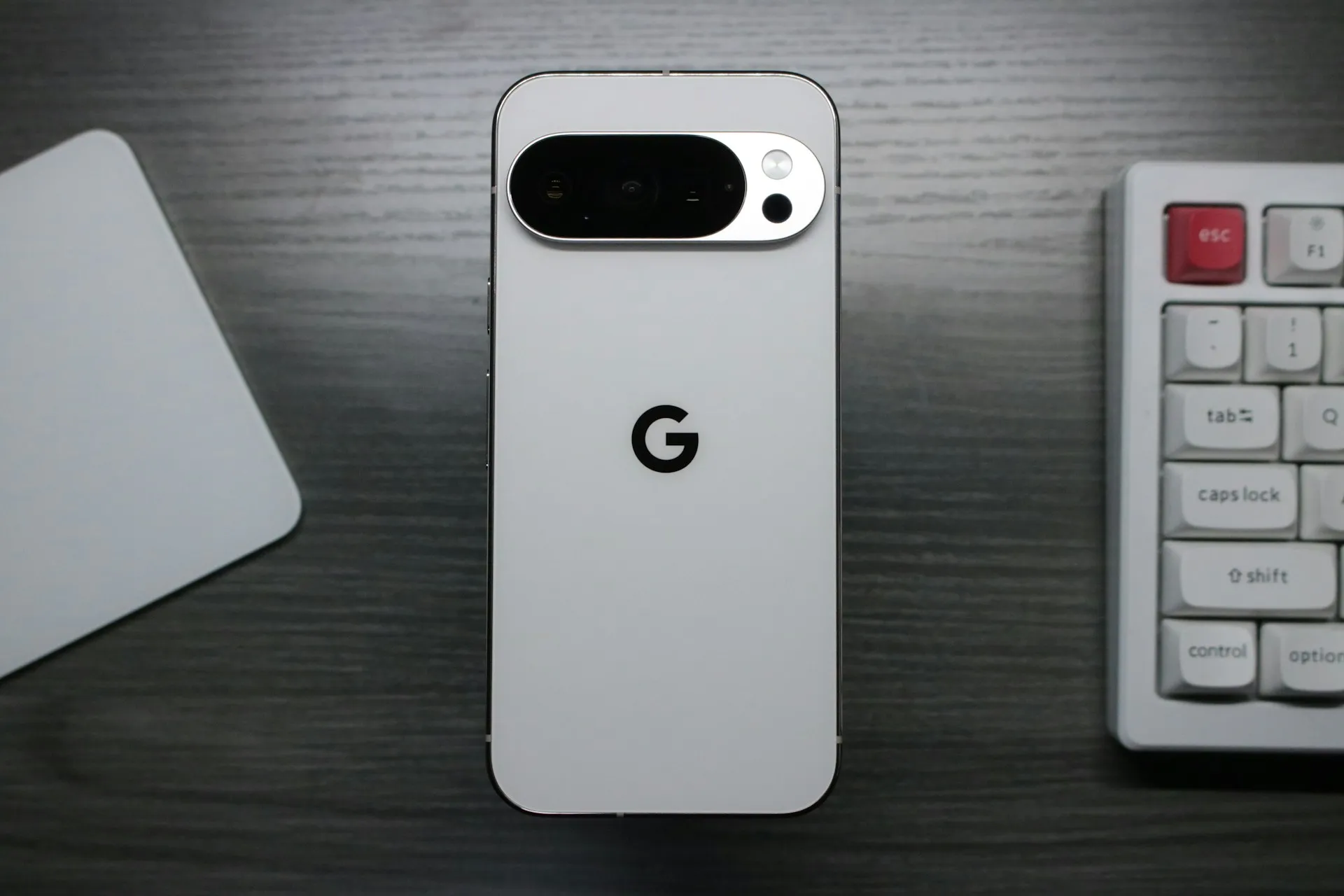
Comments
Be the first, drop a comment!